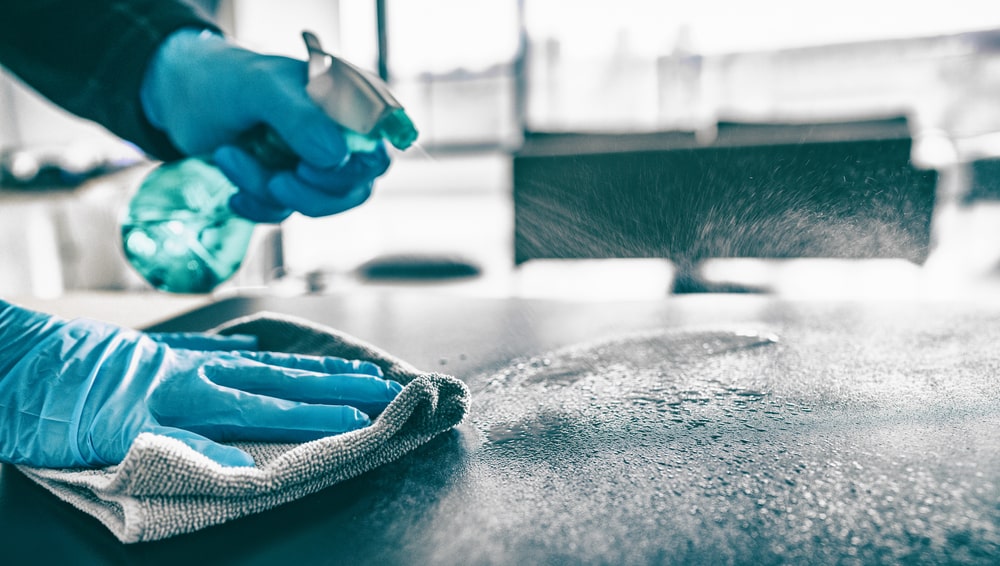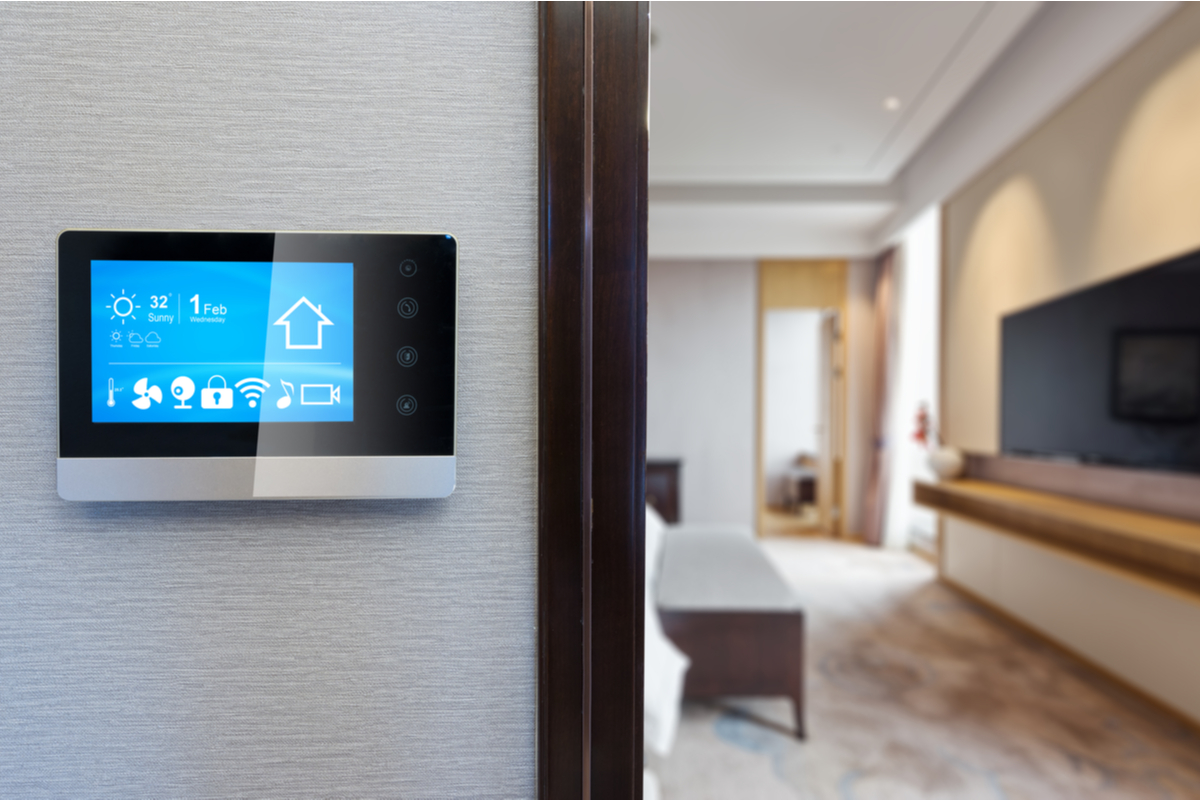Are you wondering how to keep your house cool with AC without being saddle with an astronomical power bill?
It might seem improbable that you can enjoy the luxury of a cool and comfortable home during summer without breaking the bank.
Surprisingly, high power bills during summer should be an exception rather than the norm. With proper precautions, you can run your AC unit around the clock without running up the power bills.
These expert tips will show you how to cool the house with AC without breaking the bank.
Run the AC Unit Efficiently
Since your air conditioner is your best defence against the sweltering summer heat, you might want to keep it running all day and all night. For this, you need an excellent plan to lower the power bills.
If you plan to keep your AC running during the day so you can come back to a comfortable house later, a smart thermostat is essential. Or an AC with an inbuilt timer.
A programmable thermostat lets you keep the AC at the most convenient temperate and lowers power consumption.
Ironically, you should turn the thermostat up while leaving the house and let the unit operate at full speed during the day.
An AC unit is more efficient when running at top speed for a long time. It consumes less power because it doesn’t keep cycling on and off.
With a smart thermostat, you can program the unit at high temperatures during the day and lower the temperature just before you get home.
Seal the Home
Hot air forces its way into the home through nooks and crooks in the walls, under the windows, doors, and around utility vents.
Any gap in the structure of your home gets in the way of creating a perfect thermal envelope.
A thermal envelope is any structure that helps the home separate the indoor air from the outdoor air. It includes anything that keeps the conditioned air inside the house, including walls, insulation, doors, windows, and floors.
Even when a home is well insulated, the random gaps encourage heat gains and loss.
Caulking and sealing the gaps in the walls and around utility vents improves your home’s energy efficiency. Weatherstripping drafty windows and doors plug air leaks without affecting their operations.
Auditing your home’s energy efficiency can help you plug the air leaks.
Keep Out the Sun
Blocking the sun keeps your home cool during the summer without burning a hole through your wallet. Sunrays coming in through the windows pose the biggest threat.
Luckily, you can use window coverings such as curtains and drapes to the sunlight out of the home when the sun is at its hottest. If you’re gone for the day, leave curtains drawn on the west and south-facing windows.
Your choice of window covering determines the ability to keep the home cool during the day. Thicker curtains with heavy material are infinitely better in blocking the sun than light sheers.
If your budget allows it, install thermal shades on the south and west-facing windows. On the flipside, blackout curtains, thermal shades, and interior shades will ruin your view and cut out the light.
But that’s a small trade-off compared to spiralling monthly power bills.
Improve the Home’s Insulation Capacity
Beefing up your home’s insulation capacity hands you the biggest wins when using an air conditioner to cool your home during summer. A home with proper insulation forms the perfect thermal envelope.
It forms an efficient air and thermal barrier and retains most of your expensively conditioned air inside the home.
A poorly insulated house gains heat through several methods:
- Conduction – heat travelling through walls and ceiling
- Radiation – sunlight penetrating skylights and windows
- Infiltration – moisture and warm air passing through gaps in the walls
- Indoor heat – heat from home appliances and the human body
Double glazed windows, window films, awnings and shades, trees, curtains, and shutters prevent heat gain through the windows.
Insulating walls and ceilings is a considerable undertaking that pays off in droves for years to come. Your choice of insulation material will depend on your budget, type of walls, and climatic region. While you can perform a DIY installation, it’s best to hire an insulation expert.
Recalibrate your Thermostat Settings
Thermal Dynamics laws are always at play, which means hot air will always flow towards a cooler area or object. During summer, your air-conditioned home is the cooler object as the temperature is lower than the ambient.
To offset this effect, aim for a maximum temperature differential of 8°C – the indoor temperature should within 8 degrees of the outdoor temperature.
Resist any temptation to set lower temperatures on scorching days as it lowers your home’s energy efficiency. Each degree beyond this range increases your aircon’s running costs by 10%.
Set the Fans Right
While ceiling fans can’t cool the air, they’re instrumental in keeping your home cool without raising the power bills. But only if they’re rotating in a counter-clockwise direction.
In summer, a counter-clockwise rotating ceiling fan pushes the air straight down to produce a cooling effect. Be sure to couple this setting with high fan speed.
You should set the fan clockwise and on low speed during winter to draw up the cool air while forcing the warm air downward.
By pushing the air around, a ceiling fan can make a room feel up to 10 degrees cooler while reducing an air conditioner’s power consumption by up to 10%.
Get an Indoor-Outdoor Thermometer
Such a thermometer lets you monitor indoor and outdoor temperatures to help you harness the cooling power of Mother Nature.
The thermometer will help you monitor the temperature differential between your home and the ambient temperature.
When it’s cooler outside, you can throw open the doors and windows to let in the cool air. On the flip side, you get to shut doors and windows and keep the hot air outside.
If you’re in the southern regions of Victoria and New South Wales, you can open your doors and let the Southerly Buster sweep away the heat.
If you’re on the west coast, you can harness the cooling effects of the Fremantle Doctor on most summer afternoons and keep your home cool.
You need not dig deeper into your pocket during summer to keep the air conditioning unit running.
These expert tips show you how to keep the house cool with AC during the sweltering summers without breaking the bank.




